- Joined
- 26 May 2006
- Messages
- 34,919
- Reaction score
- 15,791
Hi,
we spoke about that designer before,and here is all of his activities;
Some biographical elements taken from the Universal Aviation Dictionary:
Lucien Chauvière was born in Paris on February 11, 1876. Engineer of Arts
and Trades, he became interested in the propeller problem from school.
He realizes his first tests in 1904 and designed its models using
Superimposed blades. In 1905, Clement equips his airship "Clément-
Bayard" with a Chauvière propeller five meters in diameter and 1907,
De Pischof was the first to equip an airplane with such a propeller.
He files a patent and founds his company. It opens factories in France,
but also in Germany and Russia.Note that Blériot used a Chauvière
propeller during of his famous crossing of the English Channel.
He also founded a laboratory to study wood, glues and varnishes
necessary for the realization of these propellers.
He is also interested in airplanes and carries out an experimental biplane whose wings have a diamond shape.In 1912 and 1913, he sold several thousand propellers while more than 100,000 units which are produced during the First World War. Covering a quarter of needs of the Allied
armies. 55 other manufacturers Sharing the rest.After the Armistice,
He passes with duralumin propellers. then with variable pitch, and
develops methods of manufacturing allowing reproduce the shapes
of wooden propellers and forging these propellers in one past.In
addition to these activities aeronautics, it is dedicated to the
manufacture of canoes and competition boats, including one,
the Rafal, powered by a Hispano 1000 hp engine. will reach the speed
of 212 km / h on the Jac de Genève.Lucien Chauvière will die in 1966,
always imagining innovative technical ideas.
Lucien Chauvière, who will manufacture the famous "integral" propellers
that bear his name,will be interested from 1916 to the principle of the autogyro. A first “gyropter” project was developed in 1917, but did not
will experience no achievement.It was in 1928 that a machine of this
concept was produced.
The spacecraft is in the form of a Fokker fuselage, including the train, equipped with a Hispano-Suiza 8 Scout 280 hp engine driving a two-
bladed propeller. The wing is removed and replaced by a rotor
quadruple with double articulated blades 13.6 m in diameter. This
rotor is driven either by the wind rotary (self-rotating principle) or
by the engine thanks to an extension of the crankshaft at the rear
and a transmission by slip clutch and bevel gears. To compensate
for the torque mechanical when the rotor is driven by the motor,
four vertical side flaps are arranged in pairs on each side of the
fuselage at the front and rear of the rotor attachment area. This
system should, theoretically, allow a “quasi” vertical flight. The total
weight of the machine is 1375 kg.
It seems that tests were carried out in 1929/1930, but they were not conclusive and the gyropter disappeared from the history of rotary
wings.
TU magazine
French Aircraft Before the Great War
we spoke about that designer before,and here is all of his activities;
Some biographical elements taken from the Universal Aviation Dictionary:
Lucien Chauvière was born in Paris on February 11, 1876. Engineer of Arts
and Trades, he became interested in the propeller problem from school.
He realizes his first tests in 1904 and designed its models using
Superimposed blades. In 1905, Clement equips his airship "Clément-
Bayard" with a Chauvière propeller five meters in diameter and 1907,
De Pischof was the first to equip an airplane with such a propeller.
He files a patent and founds his company. It opens factories in France,
but also in Germany and Russia.Note that Blériot used a Chauvière
propeller during of his famous crossing of the English Channel.
He also founded a laboratory to study wood, glues and varnishes
necessary for the realization of these propellers.
He is also interested in airplanes and carries out an experimental biplane whose wings have a diamond shape.In 1912 and 1913, he sold several thousand propellers while more than 100,000 units which are produced during the First World War. Covering a quarter of needs of the Allied
armies. 55 other manufacturers Sharing the rest.After the Armistice,
He passes with duralumin propellers. then with variable pitch, and
develops methods of manufacturing allowing reproduce the shapes
of wooden propellers and forging these propellers in one past.In
addition to these activities aeronautics, it is dedicated to the
manufacture of canoes and competition boats, including one,
the Rafal, powered by a Hispano 1000 hp engine. will reach the speed
of 212 km / h on the Jac de Genève.Lucien Chauvière will die in 1966,
always imagining innovative technical ideas.
Lucien Chauvière, who will manufacture the famous "integral" propellers
that bear his name,will be interested from 1916 to the principle of the autogyro. A first “gyropter” project was developed in 1917, but did not
will experience no achievement.It was in 1928 that a machine of this
concept was produced.
The spacecraft is in the form of a Fokker fuselage, including the train, equipped with a Hispano-Suiza 8 Scout 280 hp engine driving a two-
bladed propeller. The wing is removed and replaced by a rotor
quadruple with double articulated blades 13.6 m in diameter. This
rotor is driven either by the wind rotary (self-rotating principle) or
by the engine thanks to an extension of the crankshaft at the rear
and a transmission by slip clutch and bevel gears. To compensate
for the torque mechanical when the rotor is driven by the motor,
four vertical side flaps are arranged in pairs on each side of the
fuselage at the front and rear of the rotor attachment area. This
system should, theoretically, allow a “quasi” vertical flight. The total
weight of the machine is 1375 kg.
It seems that tests were carried out in 1929/1930, but they were not conclusive and the gyropter disappeared from the history of rotary
wings.
TU magazine
French Aircraft Before the Great War
Attachments
Last edited:

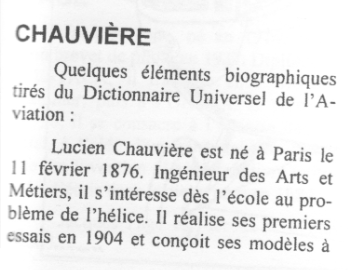
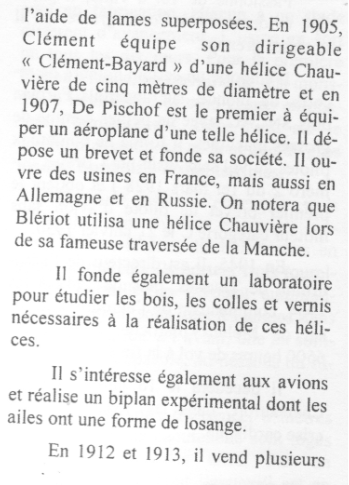
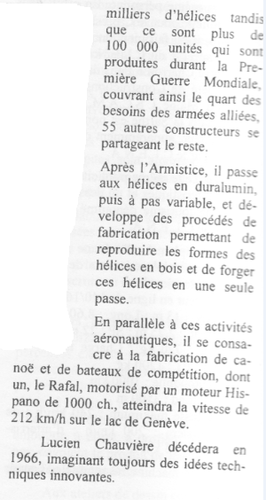
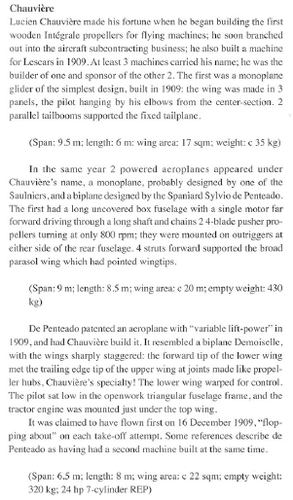
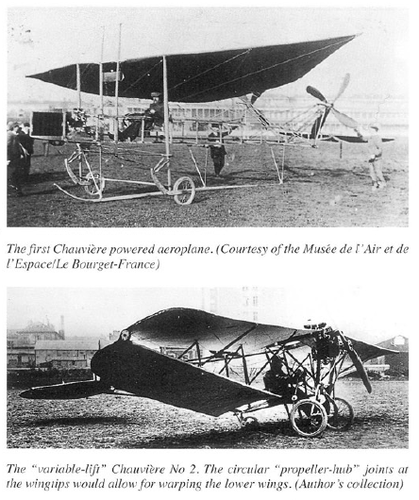
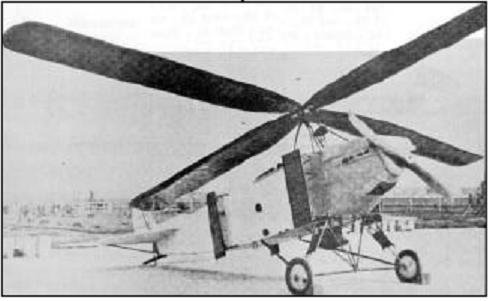


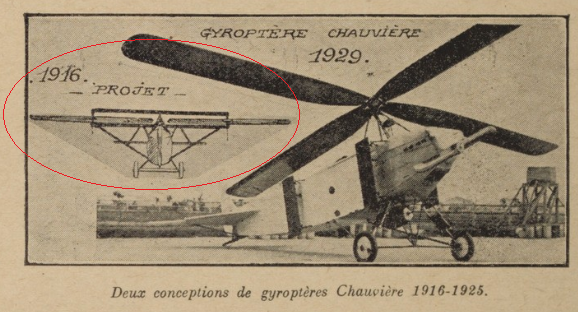
![Toute_l'aviation_Ouvrage_honoré_de_[...]Blanc_Edmond_bpt6k9807582h_276.jpeg](/data/attachments/182/182554-df62013fb0f902183e0a93ce51db5df7.jpg)